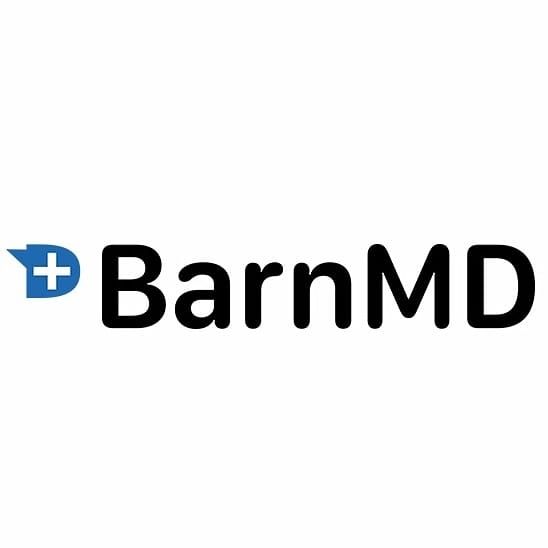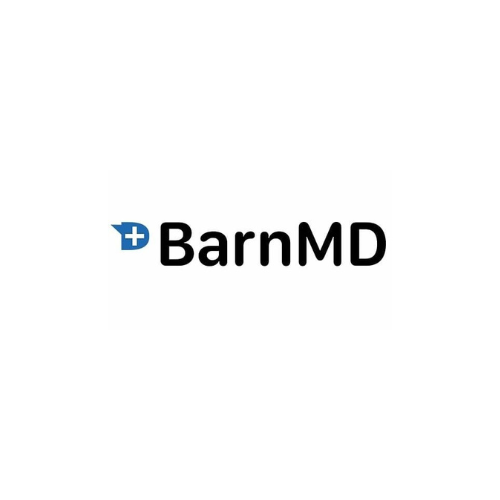Body Fat Percentage Calculator
Note: This calculator uses the US Navy Body Fat Formula, which estimates body fat percentage based on specific body measurements. It is a general estimate and not a substitute for professional medical or fitness assessment. Always consult a healthcare or fitness professional for personalized advice.
Body Fat Percentage Information Hub
Comprehensive information about body fat percentage and its importance for health.
Understanding Body Fat Percentage
What is Body Fat Percentage?
Body fat percentage is the total mass of fat divided by total body mass, multiplied by 100. It includes both essential fat (necessary for life and reproductive functions) and storage fat (accumulated fat in adipose tissue). Unlike BMI, which only considers height and weight, body fat percentage provides a more direct measure of body composition, distinguishing between fat mass and lean mass (muscle, bone, organs).
Typical Healthy Body Fat Ranges:
These ranges can vary slightly based on age and activity level, but general guidelines are:
- For Men:
- Essential Fat: 2-5%
- Athletes: 6-13%
- Fitness: 14-17%
- Acceptable: 18-24%
- Obese: 25%+
- For Women:
- Essential Fat: 10-13%
- Athletes: 14-20%
- Fitness: 21-24%
- Acceptable: 25-31%
- Obese: 32%+
Having too much or too little body fat can impact your health. It's a more accurate indicator of fitness and health risks than just body weight alone.
Back to TopHealth Implications of Body Fat Percentage
Both excessively high and extremely low body fat percentages can pose significant health risks. A healthy range is crucial for optimal bodily function and disease prevention.
Risks of High Body Fat Percentage:
- Increased risk of Type 2 Diabetes
- Heart disease, including high blood pressure and high cholesterol
- Stroke
- Certain types of cancer (e.g., colon, breast, endometrial)
- Sleep apnea
- Osteoarthritis
- Fatty liver disease
- Gallbladder disease
- Reproductive problems
Risks of Very Low Body Fat Percentage:
- Hormonal imbalances (e.g., irregular periods in women, decreased testosterone in men)
- Weakened immune system
- Nutrient deficiencies
- Bone density loss (osteoporosis)
- Fatigue and low energy
- Difficulty regulating body temperature
- Cardiovascular problems (e.g., abnormal heart rhythms)
Maintaining a body fat percentage within the healthy range is key to reducing these risks and promoting overall well-being.
Back to TopAchieving & Maintaining Healthy Body Fat
Achieving and maintaining a healthy body fat percentage is a holistic process that involves consistent healthy habits rather than extreme measures. Focus on sustainable changes for long-term health.
- Balanced Nutrition: Prioritize whole, unprocessed foods. Consume adequate protein to preserve muscle mass, healthy fats, and complex carbohydrates. Limit added sugars, refined grains, and unhealthy fats.
- Strength Training: Incorporate resistance exercises (e.g., weightlifting, bodyweight exercises) at least 2-3 times per week. Building muscle mass helps increase metabolism and reduce body fat.
- Cardiovascular Exercise: Engage in regular aerobic activities (e.g., running, swimming, cycling) for at least 150 minutes of moderate intensity or 75 minutes of vigorous intensity per week.
- Calorie Awareness: To lose body fat, you generally need to consume fewer calories than you burn (a caloric deficit). To gain muscle and potentially fat, a surplus is needed.
- Adequate Sleep: Poor sleep can disrupt hormones that regulate appetite and fat storage, making it harder to manage body fat. Aim for 7-9 hours per night.
- Stress Management: Chronic stress can lead to increased cortisol levels, which can promote fat storage, especially around the abdomen. Practice relaxation techniques.
- Hydration: Drink plenty of water throughout the day.
- Consistency: Long-term success comes from consistent adherence to healthy habits, not sporadic intense efforts.
- Professional Guidance: Consider working with a registered dietitian, certified personal trainer, or healthcare provider for personalized guidance.
Methods of Measuring Body Fat Percentage
There are various methods to measure body fat percentage, ranging from simple at-home tools to highly accurate clinical assessments. Each method has its pros, cons, and level of accuracy.
Common Measurement Methods:
- Skinfold Calipers:
- Principle: Measures the thickness of subcutaneous fat (fat just under the skin) at various sites on the body. These measurements are then plugged into a formula.
- Pros: Relatively inexpensive, portable.
- Cons: Requires skill and practice to get accurate readings; accuracy can vary greatly depending on the technician.
- Bioelectrical Impedance Analysis (BIA):
- Principle: Sends a small, safe electrical current through the body. Fat impedes the current more than muscle and water. The device estimates body fat based on the resistance.
- Pros: Convenient, quick, can be done at home (e.g., smart scales).
- Cons: Accuracy can be affected by hydration levels, recent exercise, and food intake.
- DEXA Scan (Dual-energy X-ray Absorptiometry):
- Principle: Uses low-dose X-rays to differentiate between bone mass, lean mass, and fat mass.
- Pros: Considered one of the most accurate and comprehensive methods; provides regional body composition data.
- Cons: More expensive, requires specialized equipment and a trained technician, involves radiation exposure (though minimal).
- Hydrostatic Weighing (Underwater Weighing):
- Principle: Measures body density by comparing weight on land to weight submerged in water. Fat is less dense than muscle and bone.
- Pros: Historically considered a "gold standard" for accuracy.
- Cons: Requires specialized equipment and a person's cooperation; inconvenient.
- Air Displacement Plethysmography (Bod Pod):
- Principle: Measures body volume by assessing the amount of air displaced when a person sits inside a chamber.
- Pros: Non-invasive, relatively quick, good accuracy.
- Cons: Requires specialized equipment, can be expensive.

